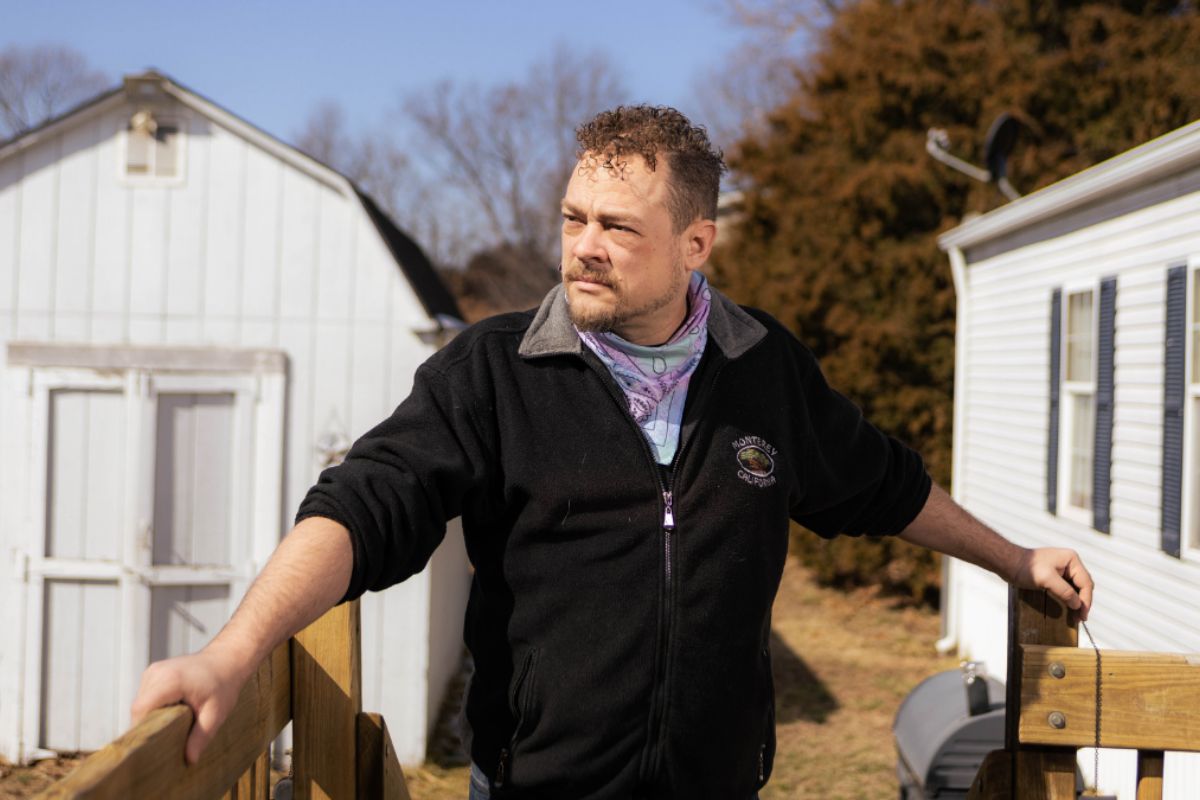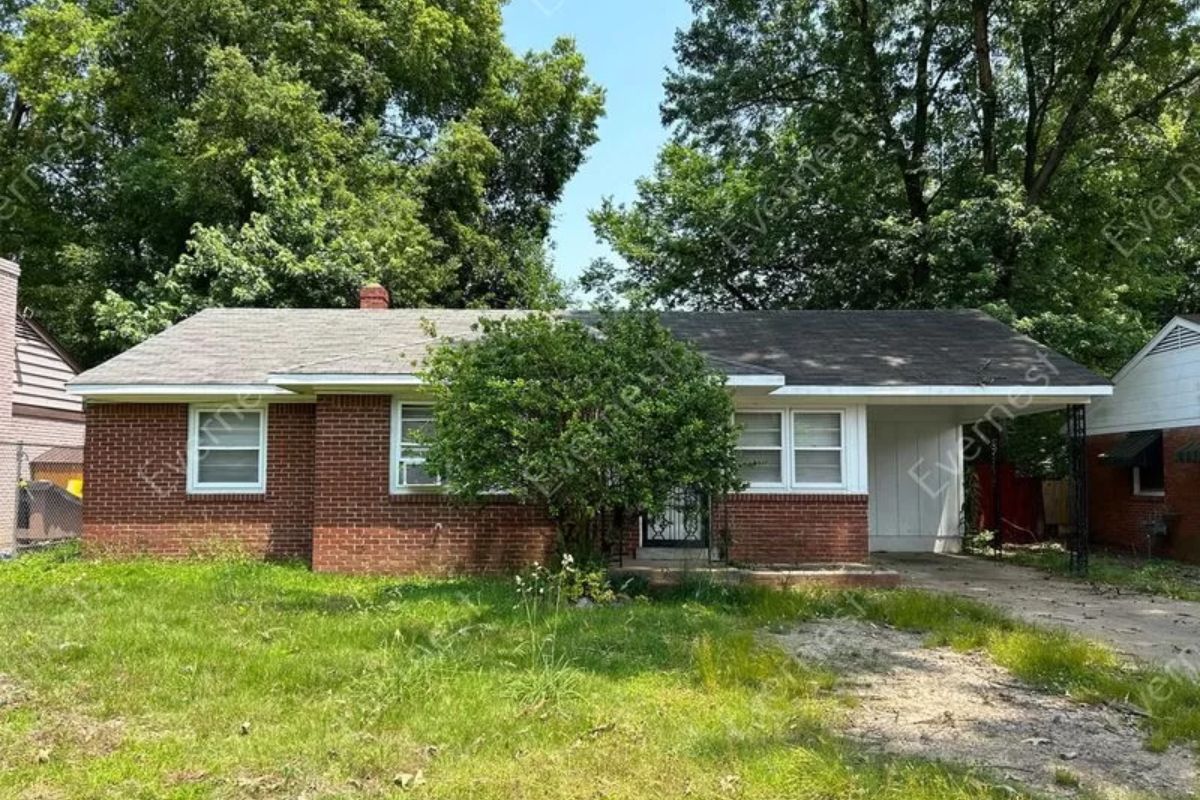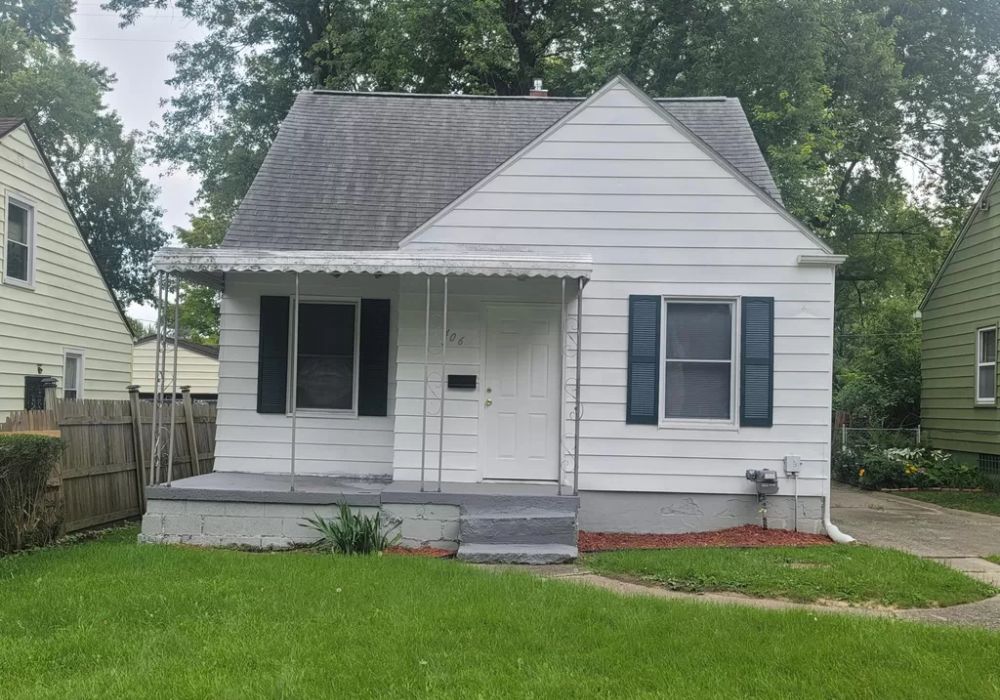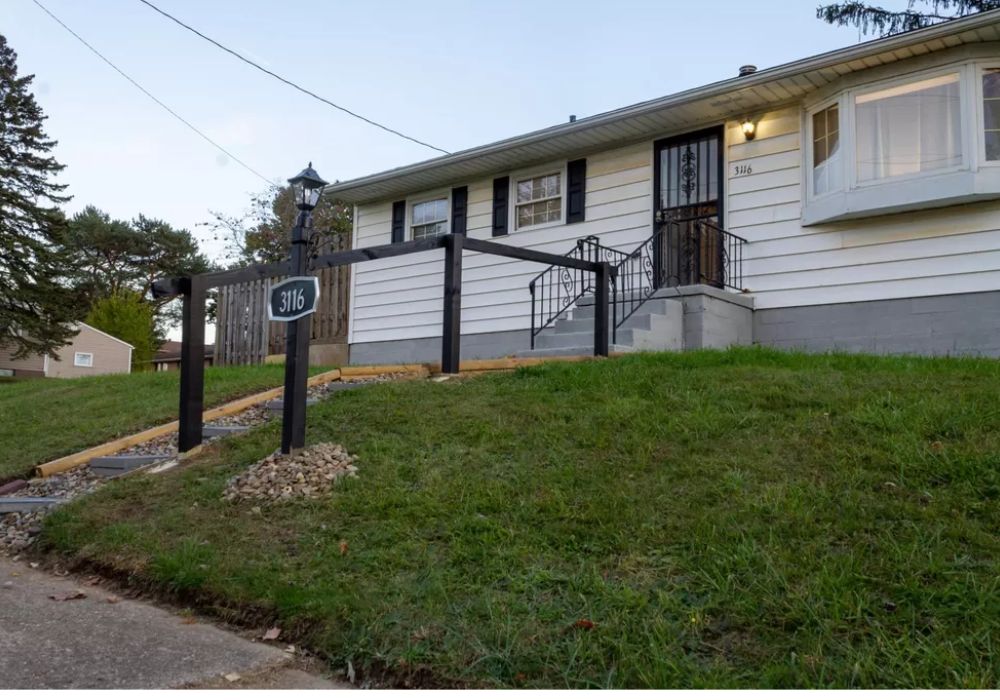The lengthy waiting list for Section 8 housing assistance in the United States takes a toll on families, causing a range of adverse effects. Families experience homelessness, financial strain, limited housing options, stress, and mental health issues. The instability disrupts family life and poses a higher risk of homelessness for vulnerable populations. In this article, let's delve into the silent queues and understand their hardship.
The silent queue
Section 8 is a US housing assistance program that provides rental subsidies to low-income individuals. Due to high demand and limited resources, many housing authorities maintain waiting lists to manage the allocation of housing vouchers. Applicants are prioritized based on factors like income and family size. After applying, applicants are placed on the waiting list and must keep their contact information updated.
The waiting period can vary from months to years. Once an applicant reaches the top of the list, they are offered a Section 8 voucher, which subsidizes a portion of their rent. It's important to note that waiting list procedures may vary depending on the housing authority and location.
Big impact

Extended wait times for Section 8 housing assistance can be caused by limited funding, high demand for affordable housing, local housing market conditions, prioritization criteria, administrative processes, and turnover of vouchers.
Being stuck in the long waiting list can casued distresses to families. They may be forced to live in inadequate or unstable housing, spend a larger portion of their income on rent, and have limited options for suitable housing. This can negatively affect their well-being, education, and overall stability. The uncertainty and prolonged wait can cause emotional distress and perpetuate the cycle of poverty. Timely access to affordable housing is crucial to alleviate these struggles.
Nationally, the average wait time for families that received vouchers was nearly 2.5 years. Wait times varied widely across states and housing agencies, ranging from 9 months to over 8 years in some cases.
Brenell Whitfield and her growing family of 4 children have experienced extended periods of housing insecurity, homelessness, and hardship while waiting over 12 years so far for subsidized housing in San Diego, where wait times average 18 years. The lengthy wait has taken an emotional toll on Whitfield and her family's well-being and security.
Related: How Long Do Apartment Waiting Lists Take?
Potential solutions

1, Increase funding for rental assistance and administrative support.
2, Streamline application processes with user-friendly online portals and electronic verification.
3, Implement regional coordination to expand access to available vouchers.
4, Prioritize vulnerable populations, such as the elderly and individuals with disabilities.
5, Increase affordable housing stock through incentives and public-private partnerships.
6, Explore alternative housing options for temporary relief.
7, Enhance data collection to inform resource allocation decisions.
8, Advocate for increased federal support and policy reforms.
How to Get Priority

If you are stuck on the long waiting list for Section 8, here are some tips to shorten the time:
- Extremely low income: Earn approximately 30% or less of the area median income.
- Homelessness: Currently without a residence and in need of permanent housing.
- Shelter residency: Currently residing in an emergency shelter or transitional housing.
- Disability: Have a disability, with proper medical documentation to support the claim.
- Age over 62: Head of household is 62 years or older.
- Veteran status: Veteran with an honorable discharge from military service.
Conclusion
While challenges persist, collective efforts, advocacy, and community engagement can pave the way for positive change. By amplifying awareness, supporting organizations championing housing solutions, and fostering a united commitment to affordable housing, we can create a future where every family's right to secure and stable housing is swiftly realized. Let our shared resolve be the catalyst for a more equitable and hopeful housing landscape. Together, we can turn waiting into opportunity.





